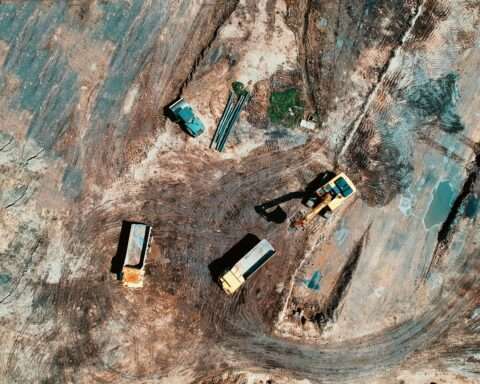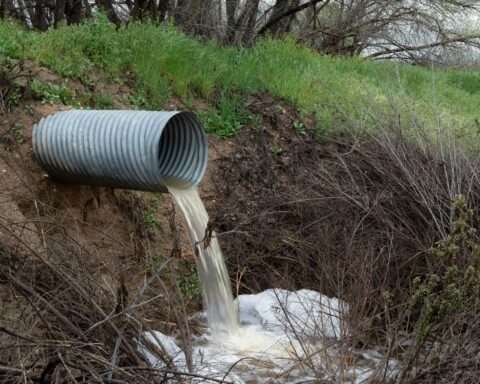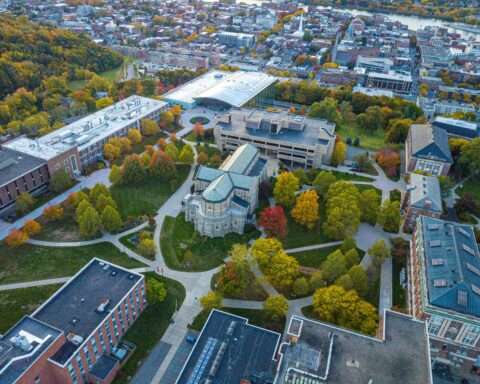Michigan Gov. Gretchen Whitmer issued Executive Directive 2025-4 on July 17 to create the Michigan Advanced Air Mobility Initiative, seeking to position the state as a national leader in unmanned aircraft operations and manufacturing.
The initiative is led by a consortium of state agencies and departments, including the Office of Future Mobility and Electrification in coordination with the Michigan Department of Transportation, the Michigan Aeronautics Commission, the Michigan Economic Development Corp., the Department of Labor and Economic Opportunity, the Department of Military and Veterans Affairs, the Office of Defense and Aerospace Innovation, and other agencies.
The state anticipates this unified approach to leverage Michigan’s long history in automotive manufacturing and transportation infrastructure to accelerate next generation aviation projects.
Priority work areas include expanding test infrastructure for flights operating beyond visual line of sight, using state, commercial and defense aviation assets to speed certification and pilot programs, and attracting aircraft and component makers through the Make it in Michigan competitiveness fund. The state will also align funding to deploy uncrewed systems in emergency response, health care delivery, infrastructure inspection, supply chain work and security missions. The program also intends to establish new workforce training programs through universities, community colleges and skilled trades partners to build trust and benefit underserved communities.
Michigan has already used an Advanced Air Mobility Activation Fund to award more than $4.1 million in its latest round. The 2025 awards follow a first round in 2024 that totaled a more than $6 million for early infrastructure and deployment pilots.
Future funding rounds are not guaranteed, but the state officials note the program will continue to accept project proposals while resources remain. Michigan is also pursuing external support through federal grants, tax incentives and public-private partnerships.
For developers, the program expands access to test sites, regulatory coordination and potential grants. The Office of Future Mobility and Electrification requires annual public progress reports by year’s end, which are intended to provide lawmakers updates on spending, results and next steps.
Photo by Darrel Und from Pexels













